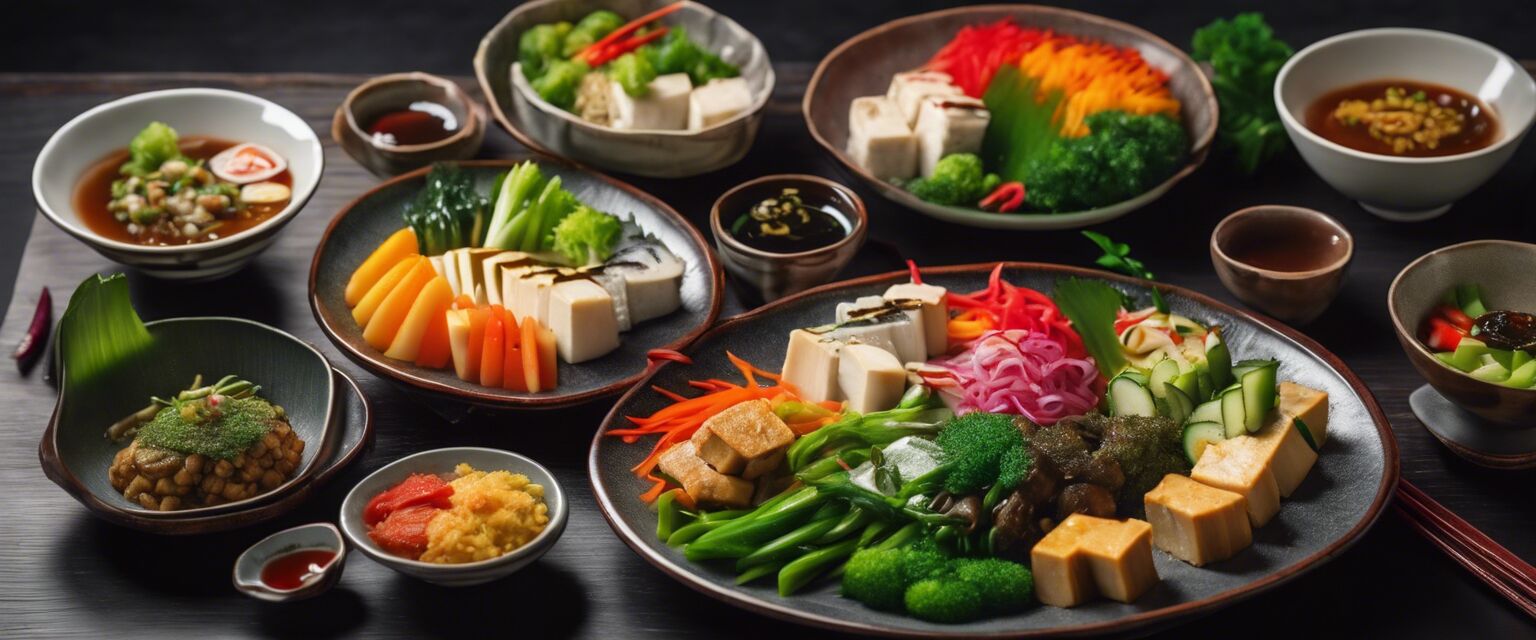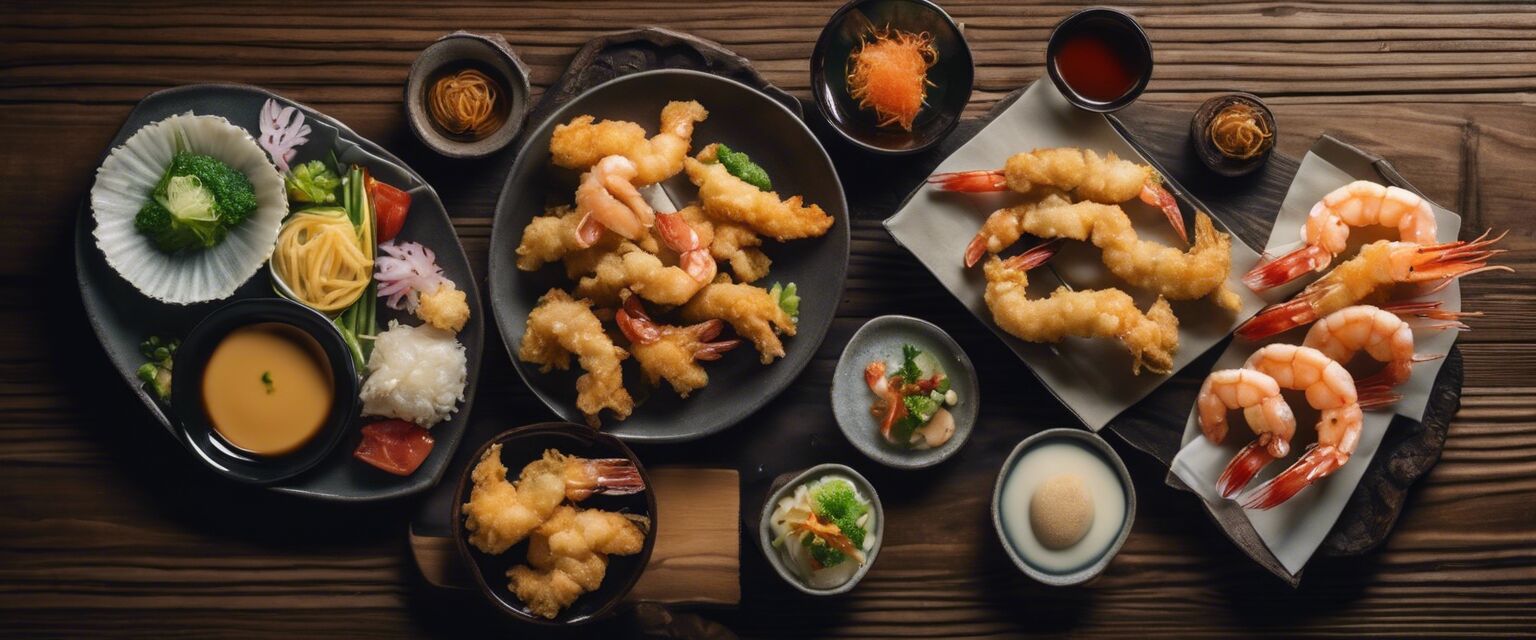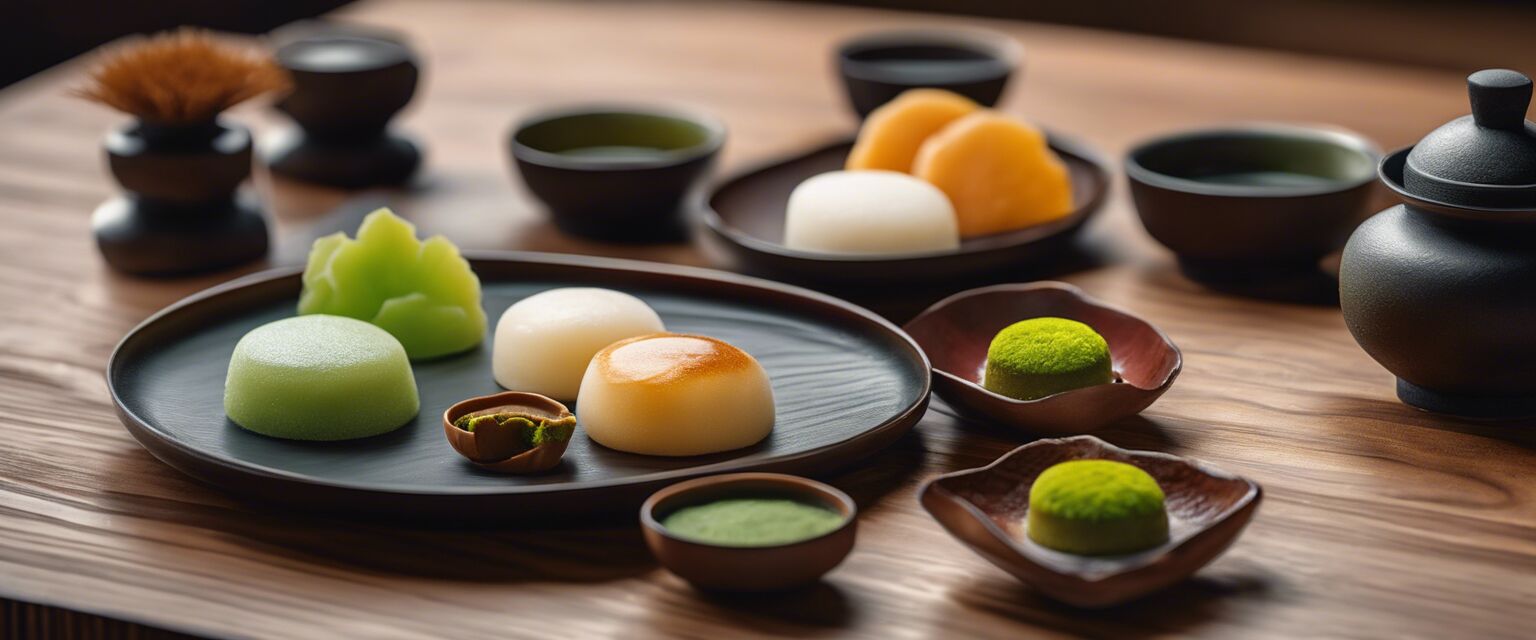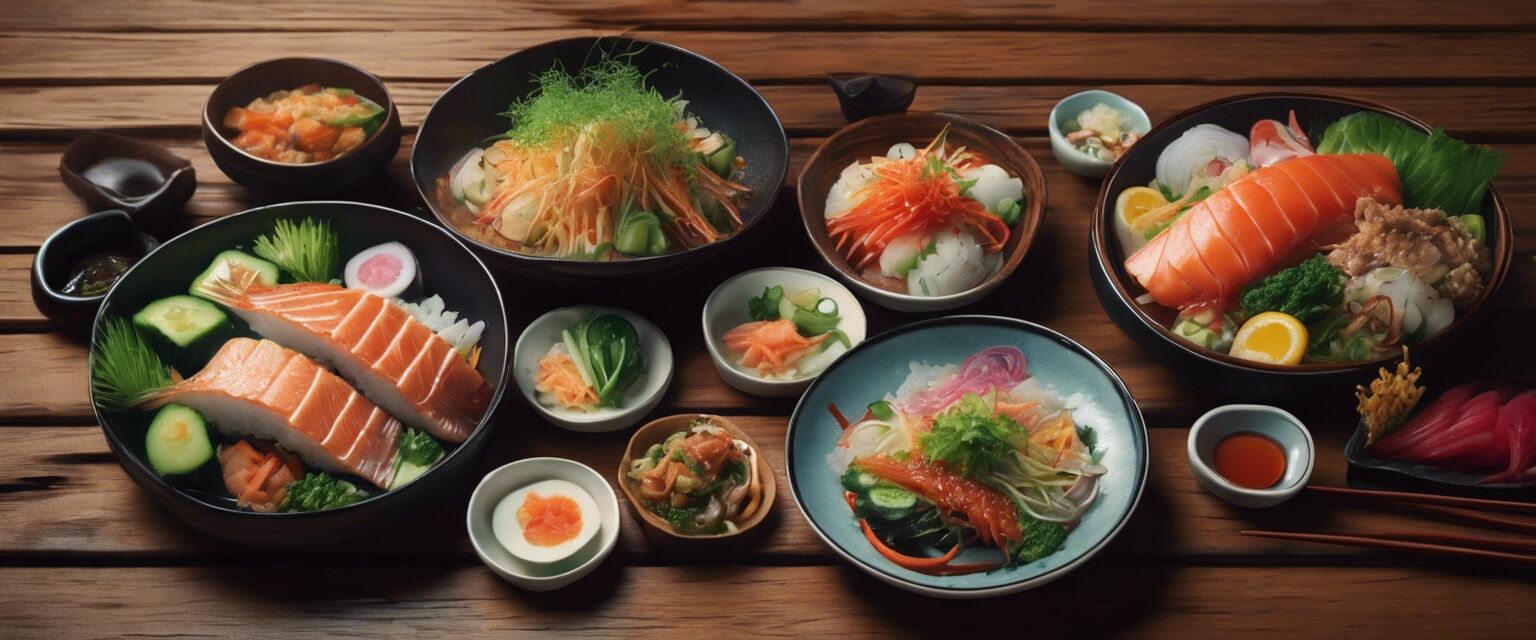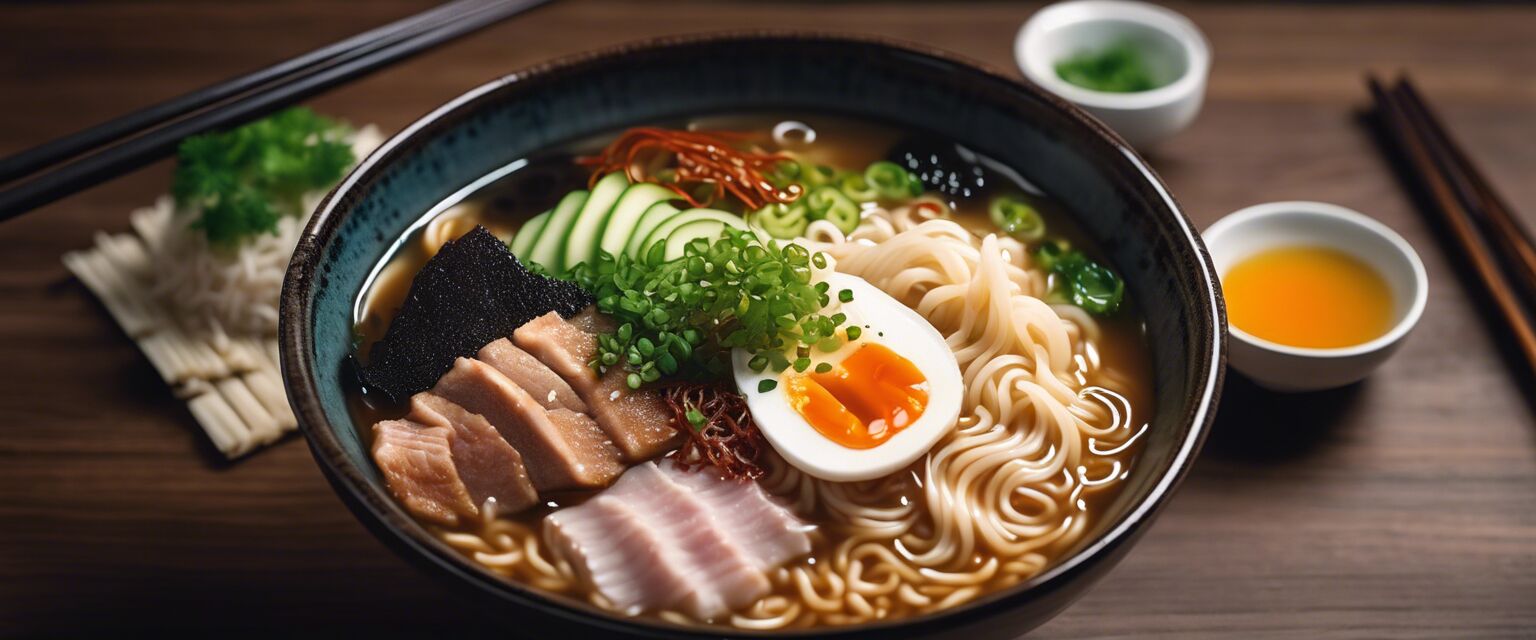
Ramen Recipes
Key Takeaways
- Ramen consists of three main components: broth, noodles, and toppings.
- There are various types of ramen broths including shoyu, miso, and tonkotsu.
- Homemade ramen can be customized to suit personal tastes.
- Using fresh ingredients enhances the flavor and quality of your ramen.
Ramen is a beloved dish that originates from Japan, featuring a rich broth, tender noodles, and a variety of toppings. This article provides detailed instructions on creating different ramen broths, toppings, and noodle variations. Whether you're a beginner or a seasoned cook, youâll find something here to satisfy your ramen cravings.
Understanding Ramen Components
Ramen is composed of three essential elements: the broth, the noodles, and the toppings. Each component plays a crucial role in achieving the perfect bowl of ramen.
| Component | Description | Examples |
|---|---|---|
| Broth | A flavorful liquid base that defines the ramen style. | Shoyu, Miso, Tonkotsu |
| Noodles | Wheat-based strands that absorb the broth's flavors. | Chashu, Udon, Soba |
| Toppings | Ingredients that add texture and flavor to the dish. | Chashu pork, green onions, nori |
Types of Ramen Broths
Here's a breakdown of some popular ramen broth types:
- Shoyu: A soy sauce-based broth, light yet flavorful.
- Miso: A rich and hearty broth made with fermented soybean paste.
- Tonkotsu: A creamy pork bone broth, rich in flavor and texture.
Shoyu Ramen Recipe
This recipe will guide you through making a simple shoyu ramen broth.
Ingredients:
- 4 cups chicken broth
- 1 cup water
- 1/4 cup soy sauce
- 1 tablespoon mirin
- 1 clove garlic, minced
- 1-inch ginger, sliced
Instructions:
- In a pot, combine chicken broth, water, soy sauce, mirin, garlic, and ginger.
- Bring to a simmer and let cook for 30 minutes.
- Strain the broth and discard solids.
- Serve hot over cooked ramen noodles.
Miso Ramen Recipe
Enjoy a warm and hearty bowl of miso ramen with this easy-to-follow recipe.
Ingredients:
- 4 cups vegetable broth
- 1/2 cup miso paste
- 1 tablespoon sesame oil
- 1 clove garlic, minced
- 1-inch ginger, minced
Instructions:
- Heat sesame oil in a pot over medium heat.
- Add garlic and ginger, sautéing until fragrant.
- Add vegetable broth and miso paste, stirring to combine.
- Simmer for 20 minutes and serve over noodles.
Tonkotsu Ramen Recipe
Experience the richness of tonkotsu ramen with this detailed recipe.
Ingredients:
- 4 pounds pork bones
- 2 cups water
- 1/4 cup soy sauce
- 1/4 cup mirin
- 1 clove garlic, minced
Instructions:
- In a large pot, cover pork bones with water and bring to a boil.
- Reduce heat and simmer for 12 hours, adding water as needed.
- Strain the broth and return to the pot.
- Add soy sauce, mirin, and garlic, and simmer for an additional hour.
- Serve over cooked ramen noodles.
Ramen Noodle Variations
Different types of noodles can be used to create unique flavors in your ramen. Here are some common variations:
- Wavy Noodles: Perfect for holding broth.
- Straight Noodles: Great for a firmer texture.
- Thin Noodles: Suitable for lighter broths.
Toppings for Your Ramen
Adding toppings can elevate your ramen experience. Here are some popular options:
- Chashu: Braised pork belly.
- Menma: Fermented bamboo shoots.
- Nori: Seaweed sheets.
- Green Onions: For added freshness.
- Soft Boiled Eggs: Creamy and delicious.
Tips for Making Delicious Ramen at Home
Beginners Section
- Start with a good-quality broth as your base.
- Experiment with different toppings to find your favorite combination.
- Make sure to cook the noodles just before serving for the best texture.
Conclusion
Making ramen at home can be a fun and rewarding process. With a variety of broths, noodles, and toppings, you can create a dish that is uniquely yours. Experiment with different combinations and enjoy the delicious flavors of homemade ramen!
Pros
- Customizable to personal taste preferences.
- Can be made with fresh, high-quality ingredients.
- Offers a variety of flavors and textures.
Cons
- Can be time-consuming to prepare.
- Requires some specialized ingredients.
Explore More Japanese Recipes
For more delicious Japanese recipes, check out these links:
- Japanese Spices & Sauces
- Kitchen Essentials
- Noodle Makers & Accessories
- Rice Cookers & Accessories
- Sushi Making Kits




